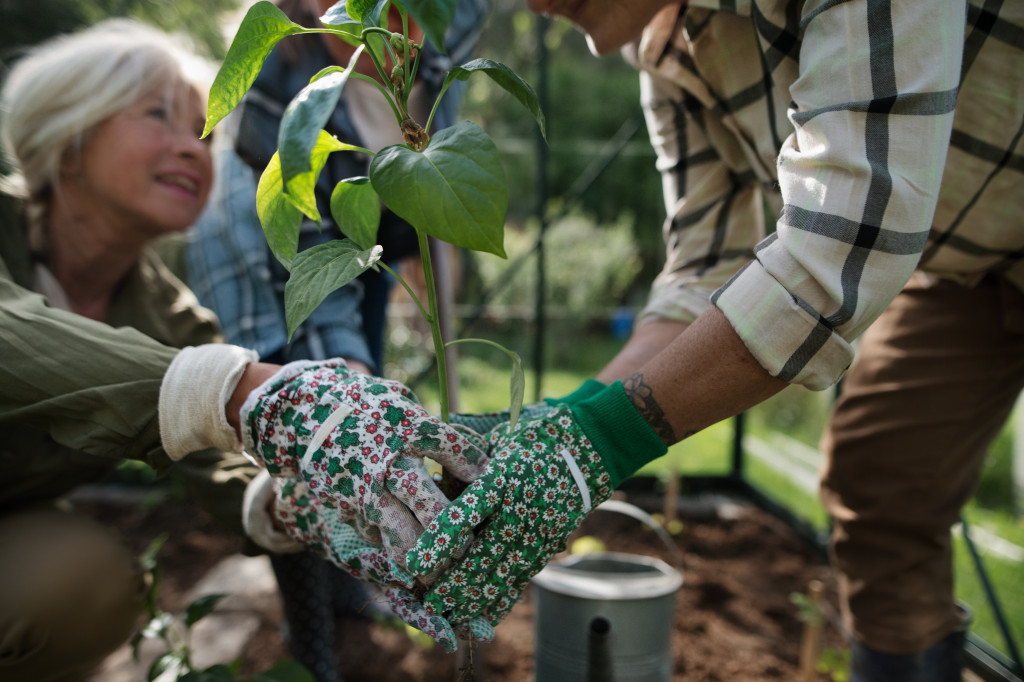- Identify the need for a community project by researching and talking with stakeholders.
- Develop an action plan for the project with objectives, timelines, and budget estimates.
- Secure funding through local grants, fundraising activities, or organization partnerships.
- Monitor and evaluate the project’s progress to ensure it runs smoothly.
- Build partnerships with engineers, funders, volunteers, and advisers.
Creating sustainable community projects can be challenging, especially when facing limited resources. However, with the proper planning and strategies, it is possible to create viable and long-term initiatives that benefit individuals and communities. This article will discuss five key strategies for creating sustainable community projects that help ensure success and longevity.
1. Identify the Need
The first step in creating a sustainable community project is to identify the need it will serve. You must research the local community and understand what people need or want. Talk with local stakeholders to better understand the issues that must be addressed. Whether it’s a lack of resources, access to education, or other local needs, you can use this information to create a project that meets these requirements and delivers tangible results.
2. Develop an Action Plan
Once you have identified the need for your project, you need to develop an action plan for it. Your plan should include objectives, timelines, and budget estimates. This will help you stay organized and ensure the project is completed promptly. Make sure to involve stakeholders from the community in developing this action plan, as they can provide valuable insights into what types of projects are needed and how to implement them best.
3. Secure Funding

Securing funding for your community project is an integral part of creating sustainability. Generous donations from the public, corporate sponsorships and government grants can provide financial support for materials, staff and other essential components of a successful project. It’s best to research potential funding sources before launching any fundraising campaign; this way, you know the type of support available to your project.
Once you’ve identified potential sources, create a business plan around them and include detailed budgeting information. This will help you keep track of spending and ensure that the most effective use of funds is made. It is crucial to evaluate any restrictions placed on the usage of funds.
4. Monitor and Evaluate the Project
Once the project is underway, monitoring and evaluating it to ensure it’s running smoothly is essential. Set up a system for tracking progress and ensuring deadlines are met. Additionally, make sure to evaluate the effectiveness of your project and consider how you can improve it in the future.
5. Build Partnerships
Finally, building partnerships is essential for creating a sustainable community project. You’ll need to find people or organizations willing to help support your project and work together towards a common goal. This could include local businesses, nonprofits, or even other community projects. Working with these partners will ensure the project’s success and lasting impact.
Here are other partners you may want to consider for your community project:
Engineering
Engineering is an important aspect of any thriving community project. As part of your engineering team, you may want to consider investing in a block valve test system. This specialized equipment allows you to accurately and quickly identify problems with valves and other components within the system. It can help reduce downtime and ensure that each component is functioning correctly.
Funders
It’s also important to find partners willing to fund the project. This could include local businesses, foundations, or even individual donors. Seeking out these partners will give you the resources needed to bring your project to life. It is essential to be transparent about how donations are used and why they are necessary for the project’s success.
Volunteers

Having volunteers on board is essential for any community project. These are people who can help with tasks like administrative work or manual labor that may be required. They can assist in getting the word out about your project and provide support during critical events or related activities. Having a solid volunteer base will ensure your project is successful and sustainable.
Advisors
It’s also important to find mentors or advisors for your project. These could be experts in the field who can provide advice and guidance about the project and offer feedback on its progress. Advisors can help you focus on achieving your goals and ensure any changes are necessary for the project’s success.
In Closing
Creating sustainable community projects can be daunting, but it is possible with proper planning and strategies. By following these five key strategies — identifying the need, developing an action plan, securing funding, monitoring and evaluating the project’s progress, and building partnerships — you can ensure your project has lasting impacts on individuals and communities.
